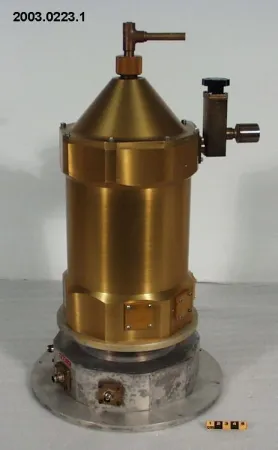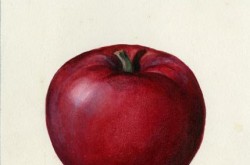Charge Coupled Device (CCD)
This article was originally written and submitted as part of a Canada 150 Project, the Innovation Storybook, to crowdsource stories of Canadian innovation with partners across Canada. The content has since been migrated to Ingenium’s Channel, a digital hub featuring curated content related to science, technology and innovation.
At the heart of the digital camera is a charge coupled device (CCD), which transformed photography from a chemical process into a digital one. The CCD is a thin wafer of silicon divided into millions of light-sensitive regions known as picture elements or pixels. Pixels capture and convert light into electrical charges that vary with light intensity. The CCD processes these charges: it records, reproduces, and reconstructs the light intensity values into an image. Canadian physicist Willard Boyle (1924–2011) helped invent the CCD while working at Bell Labs in the 1960s and shared the 2009 Nobel Prize in Physics for his work on the CCD. CCDs were first developed in response to the needs of high-resolution photography for astronomy, both on the ground and in outer Space. This CCD, made in 1982, was one of the first used in Canada and was made for a telescope camera developed by researchers at Saint Mary’s University in Halifax.
Willard Boyle (1924–2011) was born in Amherst, Nova Scotia, and earned his PhD at McGill University in Montreal.
Transcript
At the heart of the digital camera is a charge coupled device (CCD), which transformed photography from a chemical process into a digital one. Canadian physicist Willard Boyle (1924–2011) helped invent the CCD while working at Bell Labs in the 1960s and shared the 2009 Nobel Prize in Physics for his work on the CCD.



























